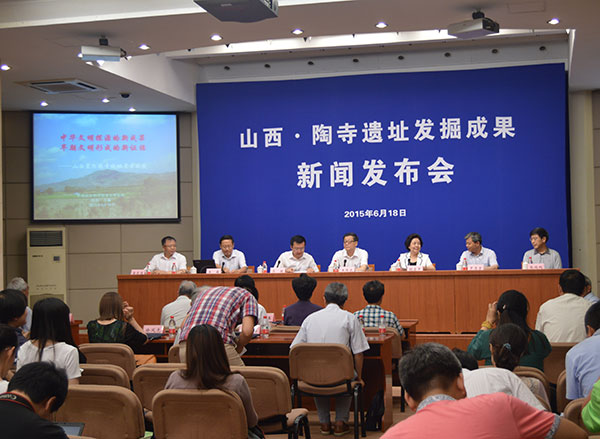 |
|
A press conference on the archeological findings and research results on the Taosi site in Linfen is held at Beijing, June 18, 2015. [Photo by Liu Xuanyi/chinadaily.com.cn] |
Archeological findings on the ruins of Taosi in Linfen stand a good chance of being the location of the capital of the Yao period, which would extend Chinese history 300 hundreds years ahead of the Xia Dynasty (c.21st century-16th century BC), Chinese archeologists announced at press conference in Beijing on Thursday.
Yao was one of the sage emperors living in the middle reaches of the Yellow River in Chinese mythology. Excavation of the Taosi site in Linfen city, North China's Shanxi province, began in l978.
Wang Wei, head of the institute of archeology under the Chinese Academy of Social Sciences, said that many experts in the archaeological circle have reached a consensus that Taosi is the capital of the Yao period.
Latest excavations also showed the ancient city of Taosi covered an area of 2.8 million square meters with various functional divisions, including a royal palace, residential areas for nobles, the king’s mausoleum, and a ritual platform.
Meanwhile, the concept of kingship,etiquette, private ownership, and an ancient calendar were also developed in the period of Yao, according to Wang's report.
Wang said that a series of archeological findings at the Taosi site proves that it matches the capital of the Yao period 4,200 years ago in terms of the period, location, scale, and level of civilization.
Although the findings may still face some disputes, Chinese archeologists believe that through archaeological excavation and research, the legendary Emperor of Yao will become a true part of the history of China.





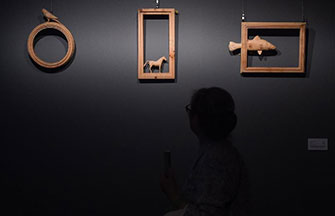
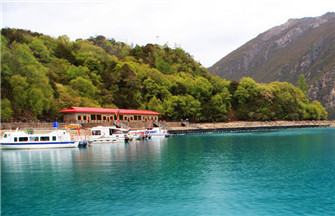













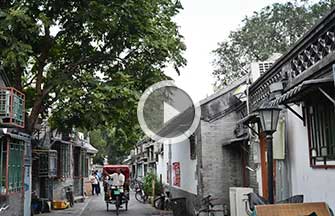

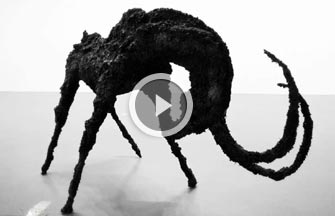
 Raymond Zhou:
Raymond Zhou: Pauline D Loh:
Pauline D Loh: Hot Pot
Hot Pot Eco China
Eco China China Dream
China Dream China Face
China Face



